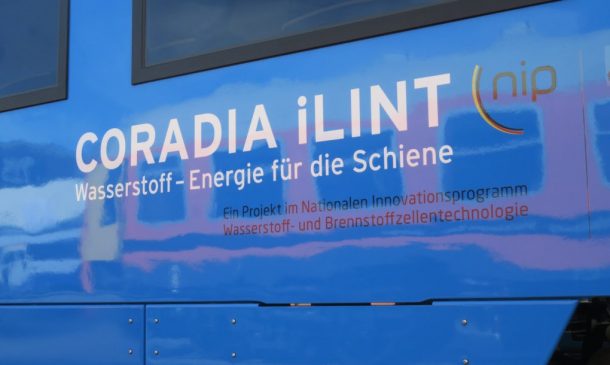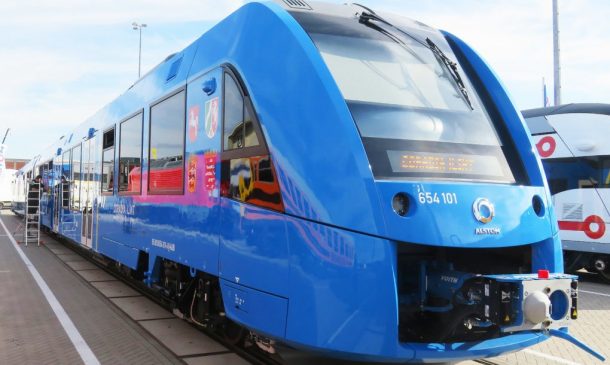Germany’s resolve towards becoming a country running 100 percent on renewable technologies has seen them revolutionising the energy sector and its applications, and now this amazing addition is sure to get them closer to their target.
This week French transport company Alstom released ‘Coradia iLint’; the world’s first hydrogen-powered passenger train. The company says this incredibly silent and environmentally friendly train will be operating in Germany from the next year.
Unlike the coal or fuel powered trains, Coradia iLint will only emit excess steam and condensed water into the atmosphere, making it the first zero-emissions passenger train to regularly operate over long distances.

Coradia iLint, or “Hydrail” was presented for the first time last week at Berlin’s InnoTrans trade show. The first of them will start to run on the Buxtehude-Bremervörde-Bremerhaven-Cuxhaven regional line in the northwestern German state of Lower Saxony, and will be opened for public access by December 2017.
Lower Saxony’s transportation authority has ordered 14 iLint trains from Alstom, and if they work out well Germany will see these being implemented all across their country. Besides Germany, the Netherlands, Denmark and Norway have also expressed interest in acquiring the train.
Hydrail stores power generated by their hydrogen fuel tanks into their massive lithium ion batteries. On a full tank, weighing up to 94 kg per car, the hydrail can travel up to 800 km, with a top speed of 140 km/h (87 mph).
Hydrogen-powered technology for trains is not a new concept, as before this the Japanese Railway Research Institute also developed a fuel cell, and is still running the technology. Also last year, China too started using hydrogen to power trains in a bid to cut down on their air pollution crisis. But Hydrail will be the first hydrogen-powered passenger train, and will be able to run the full course without any stoppages.
Germany, while being one of the largest and most industrialised country in the world, has shown commitment towards getting 100 % dependent on renewable sources. And their efforts have not gone in vain, as on 8 May 2016, 95 percent of Germany’s power demands were reported to be met by renewable energy sources. And even some people in the community were being reimbursed for their energy usage during the day, which shows how much the country has focused on the issue.

“Power prices actually went negative for several hours, meaning commercial customers were being paid to consume electricity,” Michael J. Coren reported.
And with the advent of the iLint, Germany hopes that it can get to their goal of achieving an overall 60 percent share of renewable energy sources by 2050.


